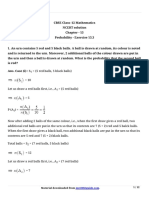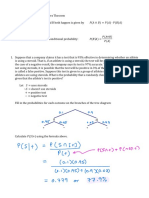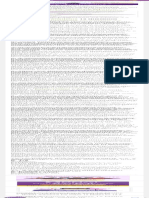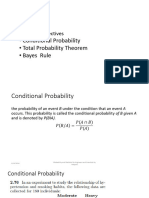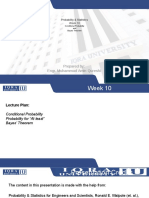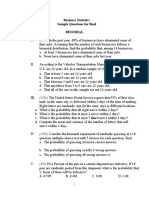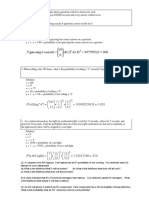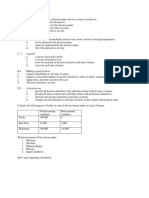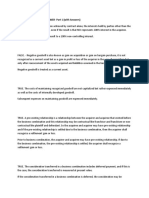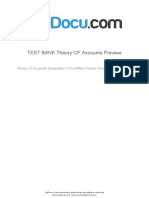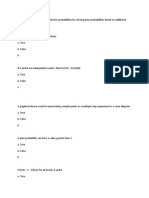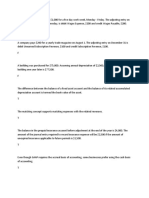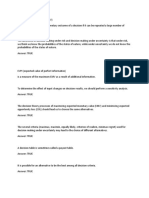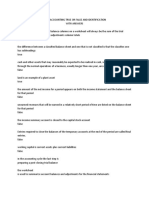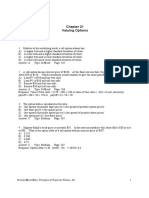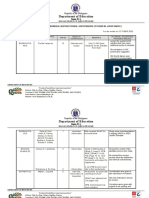0% found this document useful (0 votes)
166 views3 pagesProbability Analysis for Engineers
A battery in a critical tool failed at 32 hours. 60% of batteries come from Manufacturer 1, of which 90% last over 40 hours. 40% come from Manufacturer 2, of which 75% last over 40 hours. Using Bayes' Theorem, the probability the failed battery came from Manufacturer 2 is 0.625 or 62.5%.
Uploaded by
AuroraCopyright
© © All Rights Reserved
We take content rights seriously. If you suspect this is your content, claim it here.
Available Formats
Download as DOCX, PDF, TXT or read online on Scribd
0% found this document useful (0 votes)
166 views3 pagesProbability Analysis for Engineers
A battery in a critical tool failed at 32 hours. 60% of batteries come from Manufacturer 1, of which 90% last over 40 hours. 40% come from Manufacturer 2, of which 75% last over 40 hours. Using Bayes' Theorem, the probability the failed battery came from Manufacturer 2 is 0.625 or 62.5%.
Uploaded by
AuroraCopyright
© © All Rights Reserved
We take content rights seriously. If you suspect this is your content, claim it here.
Available Formats
Download as DOCX, PDF, TXT or read online on Scribd
/ 3





